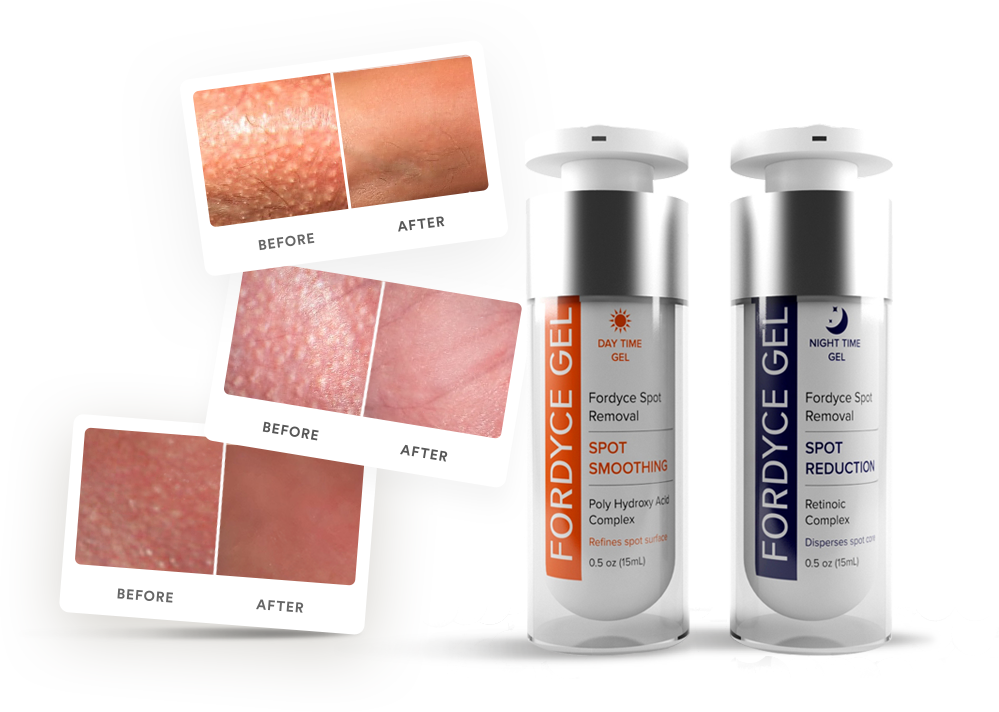Fordyce Spots: Causes, Treatments & What You Need To Know
Are you familiar with those tiny, often yellowish or white bumps that sometimes appear on the lips, genitals, or inside the cheeks? These are known as Fordyce spots, and while they are harmless, they can be a source of cosmetic concern for some individuals.
Fordyce spots, also referred to as Fordyce granules, are essentially enlarged or visible sebaceous glands. Unlike typical sebaceous glands that are connected to hair follicles, Fordyce spots appear directly on the skin's surface, often in hairless areas. These tiny, raised bumps are a common dermatological occurrence, affecting individuals of all genders and ages. They are not contagious and pose no threat to overall health.
Here's a table summarizing key information about Fordyce spots:
| Feature | Description |
|---|---|
| What They Are | Enlarged or visible sebaceous glands (oil glands). |
| Appearance | Small, raised bumps; often pale, yellowish, or white. Size typically ranges from 1 to 3 mm, resembling a grain of rice. |
| Location | Commonly found on the lips (vermilion border), inside the cheeks, on the genitals (labia, scrotum, penis). |
| Causes | Natural skin variation; not caused by any specific medical condition. Could be more visible with age and in those with oily skin. |
| Are They Contagious? | No, Fordyce spots are not contagious. |
| Medical Significance | Fordyce spots are typically benign and do not pose a health risk. |
| Treatment Options | Treatment is usually not required, but options for cosmetic purposes include: Cryotherapy, Laser therapy (CO2 laser), Topical creams (e.g., tretinoin, bichloracetic acid, isotretinoin), Electrosurgery, and in some cases, oral medication (Accutane). |
| Differential Diagnosis | Important to distinguish from other conditions like genital warts or herpes, though this is typically straightforward. Consult a healthcare provider if unsure. |
| Prevalence | Very common; occur in a high percentage of the adult population. |
| When to Seek Medical Advice | If you are unsure about the diagnosis, if there is any pain, or if the appearance of the spots is causing significant psychological distress. |



